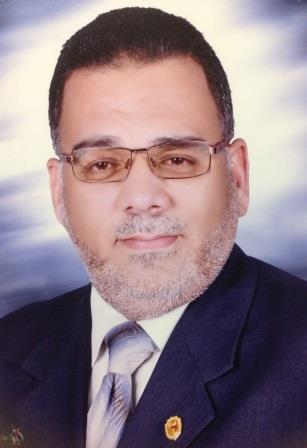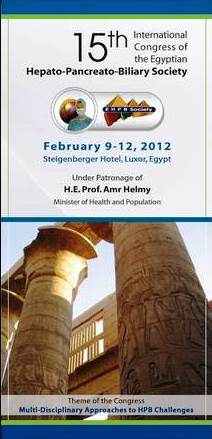Abstract
Purpose: A prospective and retrospective work to study and evaluate management techniques used in treatment of post cholecystectomy biliary injuries.
Patients & Methods: from Mars 2000 to Feb. 2010, 419 patients (224 females and 195 males) were enrolled complaining of post cholecystectomy biliary injuries, and managed using surgery (104), and endoscopy (317), with percutaneous techniques (32).
Results: Post cholecystectomy biliary injuries were frequent, and endoscopy was very successful as an initial treatment of 317 patients (76%), as being less invasive, low morbidity and mortality, competitive to surgery in treatment mild/moderate biliary leakage (82%), and biliary stricture (74%). Its success increased by 2.8% & 8.3% for leakage, and stricture by addition of percutaneous techniques. But endoscopy was complementary to surgery in major leakage, and massive stricture, and surgery was resold to in 15%, and 17% of cases respectively.
Surgery remains the treatment of choice in cases of CBD transection, ligation, and combined injuries in 60% of cases. Bilio-enteric anastomosis was the procedure of choice, done in 76 cases, with trans-anastomotic stent splintage in 30 cases with unhealthy fibrosed, or small sized ducts. And stricture complication was encountered in 5 cases (6.5%), treated by percutaneous rout in 3, and redo surgery in 2 case.
The learning curve seems influential in both endoscopy and surgery. The cumulative experience increases the success rate, and decreases complications.
Conclusion: Endoscopy was competitive to surgery in simple problems and advised to be the initial treatment choice, but complementary in major leak, ligation, transection, and complex problems, where surgery plays the main role. Experience influence treatment and it is mandatory with other facility and equipment for management.


